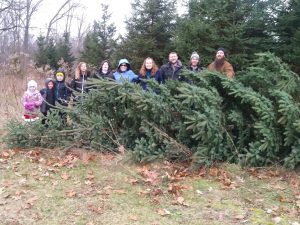Q&A All about Protection/Safe Sanctuary Policy
by: Rev. Kathy Pittenger, Children’s Initiatives Coordinator, Michigan Conference
What is a protection/safe sanctuary policy?
A Protection Policy (known by lots of names, for this conversation I will refer to it as a Protection Policy, or PP) is a document local churches adopt, implement, and follow through to protect children, youth, vulnerable adults and those who are in ministry with those populations from abuse and allegations of abuse. It’s not just for children and youth! It also protects vulnerable adults who are at risk of emotional, sexual, financial and other forms of abuse. The PP may also provide guidelines around staffing, transportation, media, overnights, and other considerations of a local church. The PP establishes guidelines and a process for how one becomes trained and authorized to work with children, youth, and vulnerable adults. It also contains information about what to if abuse is suspected or alleged.
Who would this policy protect?
The Protection Policy protects children, youth, vulnerable adults and those who are in ministry with them as well as the local church.
Which churches need protection policies, and why?
ALL churches need to have a Protection Policy. There are several reasons why churches need to have a protection policy. First, it cares for God’s children by establishing guidelines and expectations to minimize the risk of abuse in vulnerable populations. Second, it cares for those who are in ministry with vulnerable populations, both paid and volunteer, with training and guidelines for care. Third, it creates a policy to minimize the risk and limit the extend of liability for a local church. In addition to the policy, the local church must conduct thorough training and individuals must complete applications and background checks.
Is this really about ministry, or is it fear of lawsuits?
Yes. The Protection Policy is foremost about ministry and it is also about limiting liability for local churches.
I can vouch for my long-time nursery volunteer. Does she really need a background check?
Yes! And everyone needs to complete the training, application, and background check.
Does everyone need training?
Yes! Everyone who wishes to be in ministry with children, youth, and vulnerable adults needs to complete the training, application, and background check. There is good news! If you do not feel qualified or prepared to lead such a training, there are people who have been trained by the Michigan Conference Protection Policy who will lead a training at your church.
Budget? What budget?! Give me the bottom line…
The cost of creating, implementing, and following through with a Protection Policy is far less than potential litigation from not having one. There are several tools that local churches may use to create and implement their own policy. Conference staff created a Template that Local Churches may use to create their own policy. This resource is free and includes an appendix with sample forms and information about background checks. Each church needs to decide how they want to proceed with background checks. Free background checks from the Michigan criminal database may be done (with proper application) through ICHAT. Nationwide background checks may be completed for a fee that varies depending on the provider and the scope of the check. Churches also should consult their insurance company and attorney before adopting their Protection Policy to ensure accuracy and completeness.
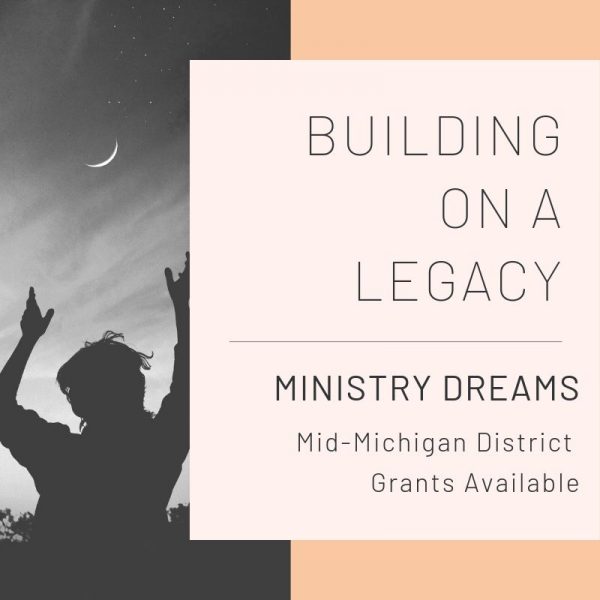
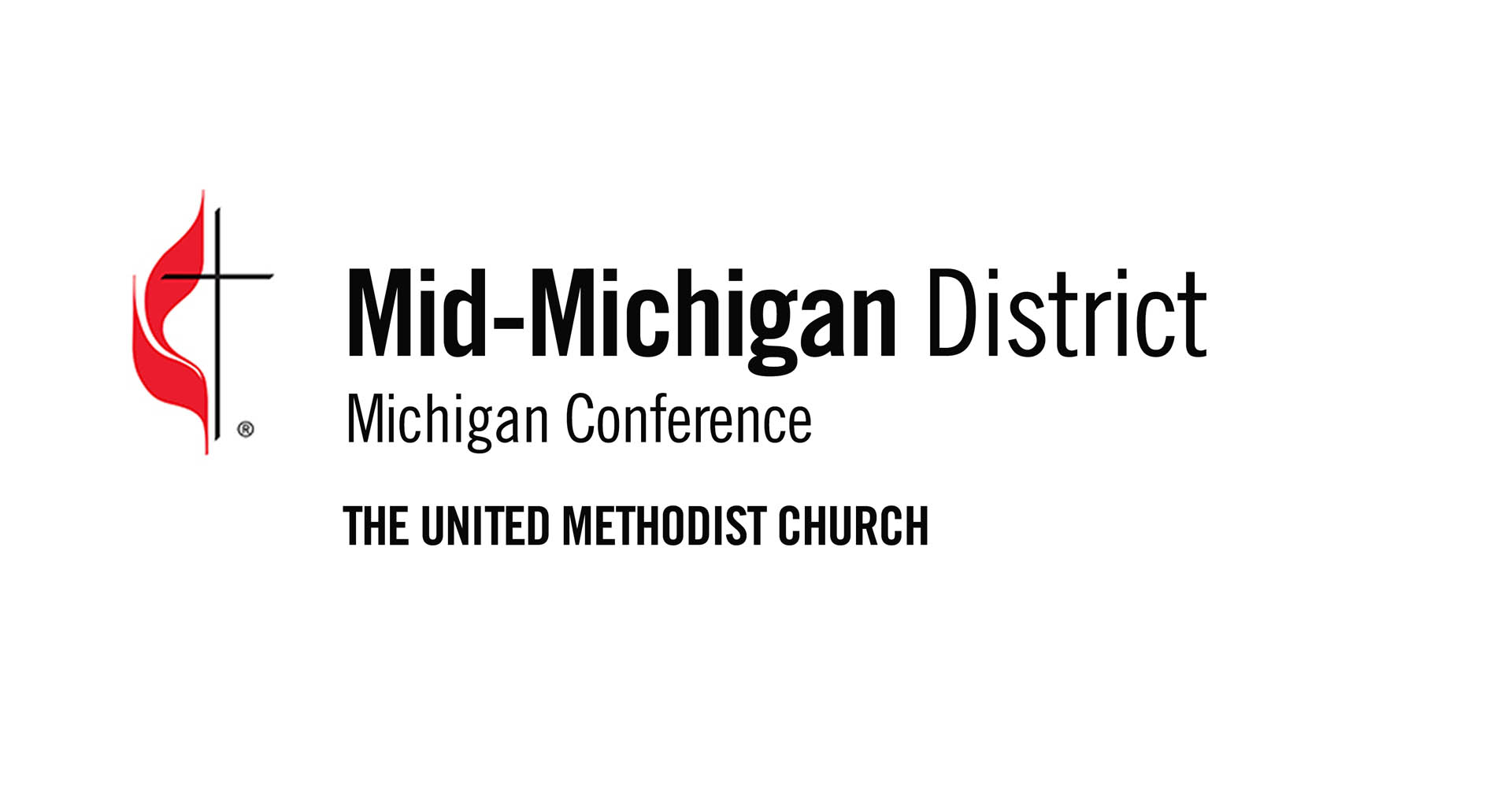
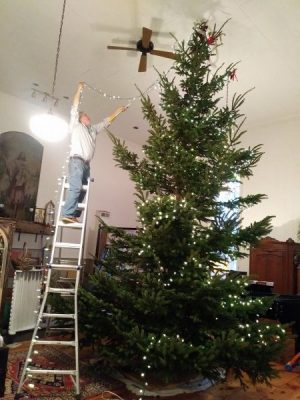

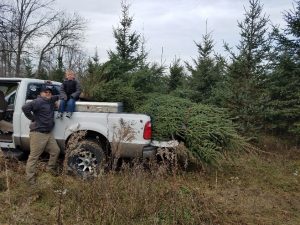 I can still visualize walking among the trees with young hands holding onto mine. For a child some of these trees must seem as large as the giant sequoia trees. Last year I recall having narrowed it down to two tall but slender trees [16.5 feet tall and 8 feet wide]. I turned to the grandson that was with us that year and asked which he wanted us to bring home. At the age of five years old, there was joy on his face as we harvested the tree, wrestled it on to the back of the truck and began the journey back to our house. He exhibited the sense that he was an important part of what was taking place.
I can still visualize walking among the trees with young hands holding onto mine. For a child some of these trees must seem as large as the giant sequoia trees. Last year I recall having narrowed it down to two tall but slender trees [16.5 feet tall and 8 feet wide]. I turned to the grandson that was with us that year and asked which he wanted us to bring home. At the age of five years old, there was joy on his face as we harvested the tree, wrestled it on to the back of the truck and began the journey back to our house. He exhibited the sense that he was an important part of what was taking place. 